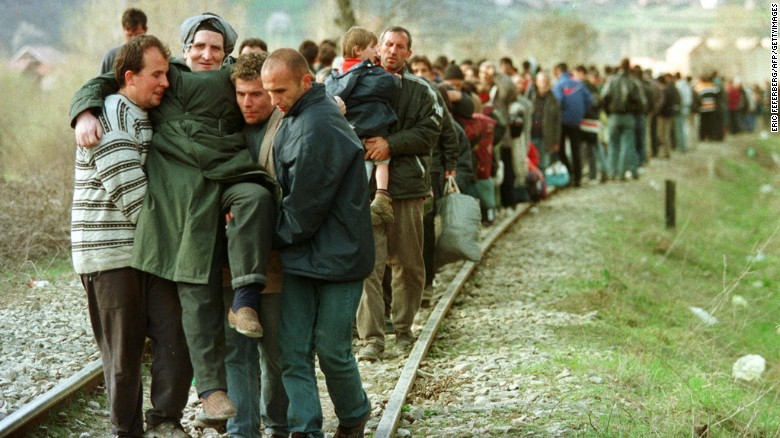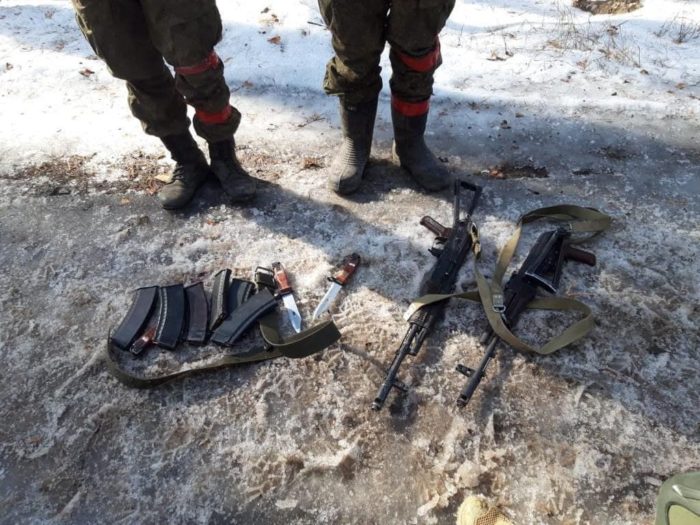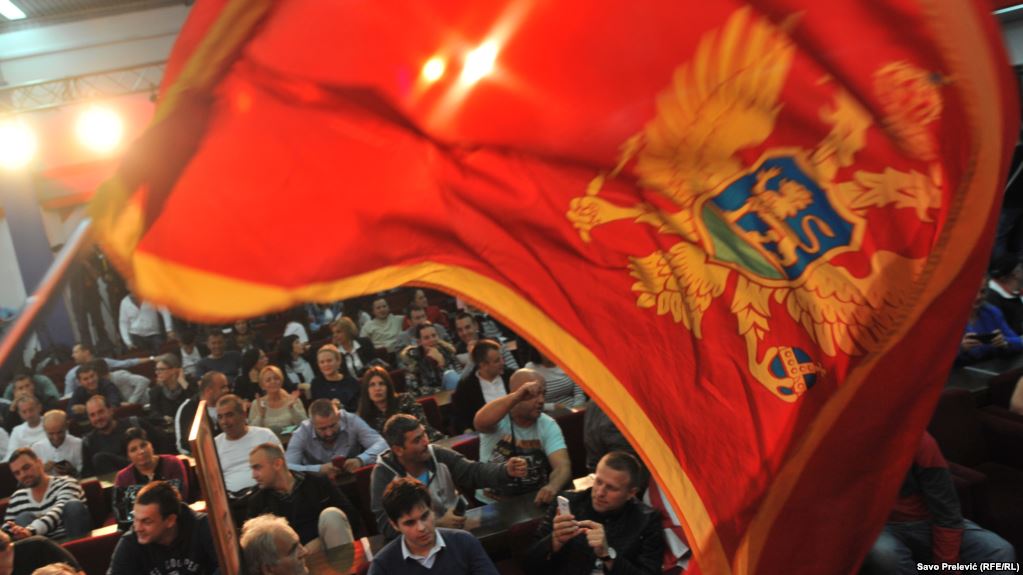The divisive situation around the newly adopted Law on Freedom of Religion in Montenegro has been used by disinformation outlets in the Balkan region to foment division, which resembles the practice earlier detected in Ukraine, Armenia, and Georgia.
Read also: Attacking Ukrainian church: The Kremlin turns the Orthodox world into a battlefield
From Russian to Serbian media
Enactment of the Law led to political tensions, violent incidents in the Parliament of Montenegro, and series of protests organized by the SOC in different towns in Montenegro as well as in Serbia and Bosnia and Herzegovina’s entity of Republika Srpska. The sources of the false reporting included media that were based in Serbia with some of those state-owned, the Russian-owned media reporting in the Serbian language (Sputnik), and some Montenegro-based news portals. They also often disseminated unverified manipulative content created by users of social networks and statements by Russian, Montenegrin and Serbian politicians and clergy representatives.The phantom of 2015
Some media extensively wrote about the Serbian orthodox church property claiming it will “end up in the hands of the rival Montenegrin Orthodox Church”, which is a “fake church” and “schismatic”, claiming that the SOC properties will be rented or sold or made tourist resorts and attractions.Read also: Attacking Ukrainian church: The Kremlin turns the Orthodox world into a battlefield
Another narrative was depicting a conspiracy theory that the Government of Montenegro was planning to give away SOC’s sanctities and relics to the Holy See and/or Order of Malta. Another tactic, exposed by some local fact-checkers, was the use of articles from a 2015 version of the draft law that was neither adopted by Montenegro nor became part of the adopted law, to create a false picture of the effects of the new law. Those old texts included provisions envisaging that religious communities with an official seat outside of Montenegro would be prevented from registering, that the Government would be able to approve the election of heads of religious communities, that the religious organizations could be easily abolished and their property transferred to the Government. None of these made it to the currently approved text.And then there is NATO…
Fuelling conspiracy theories, wrongful messages circulated that the government planned to invite 250 members of Kosovo’s special police ROSU to help ensure order on Christmas Eve. The Government reacted very quickly, announcing on Twitter that it was fake news. The news portal that broke this story, deleted it shortly thereafter. The disinformation came at a critical time when tensions were high and many people were engaged in protests. Anti-NATO sentiments were used to increase the sense of conspiracy. Media alleged that the NATO’s counter-hybrid support team visiting Montenegro were tasked with “taking down sites and portals that disobey the Montenegrin President’s rule, controlling the internet, manipulating mass protests by diminishing their numbers, blaming archbishops through mounted texts…”Read also: Plans for a "Great Serbia" and the Kremlin's hybrid war in the Balkans
Further reading:
- Greece threatened with Russia lifting “guarantees of non-occupation” for recognizing Ukrainian Church
- Attacking Ukrainian church: The Kremlin turns the Orthodox world into a battlefield
- With Donbas occupation, Russia brought religious persecution alien to Ukraine: report
- Donbas occupiers doing to Ukrainian Church what they accuse Kyiv of doing to Moscow one
- Majority of Orthodox believers in Ukraine identify with Ukrainian church, new poll shows
- Alexandria Patriarchate follows Greek in recognizing Ukrainian autocephaly as canonical
- A short history of the Ukrainian Church: infographic
- “Greek acceptance of Ukrainian autocephaly – bigger defeat for Moscow than Constantinople”
- How Russian Church serves Kremlin propaganda
- Revision of History: How Russian historical propaganda justifies occupation of entire south-eastern Ukraine
- “They can destroy buildings, but not the spirit,” – Crimean Archbishop on Russia’s religious persecution
- Russia will continue efforts to destabilize Montenegro, expert says
- Montenegro bans entrance to 149 Russians and Ukrainians over Russian aggression in Ukraine
- Plans for a "Great Serbia" and the Kremlin's hybrid war in the Balkans
- How Kremlin media in Serbia infiltrated a Bosniak disinformation hub





